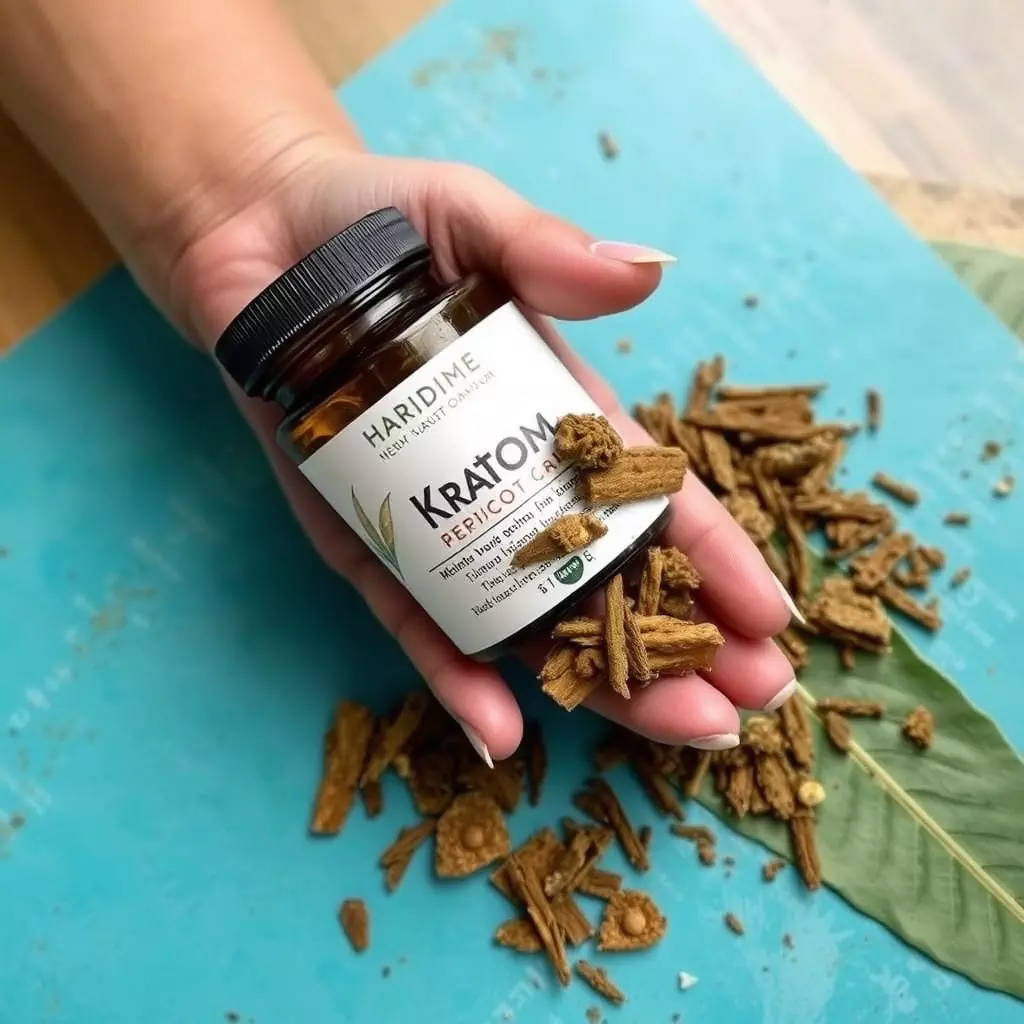Opioid withdrawal is challenging due to symptoms like joint pain, anxiety, and cravings. Kratom, a natural herb, offers hope with its joint pain-relieving properties and interaction with opioid receptors. It provides an alternative to medications during detox, aiding in cravings and discomfort. For effective joint pain relief, start with low kratom dosages (1-2 grams) and consult healthcare providers. Red strains, high-quality products, and brewing methods enhance benefits while minimizing risks.
Opioid withdrawal can be a daunting experience, but natural solutions like kratom offer hope. This article explores how kratom, a herb known for its analgesic properties, can alleviate both joint pain and opioid withdrawal symptoms. We delve into the science behind kratom’s effectiveness, providing insights on how it interacts with the body’s opioid receptors to reduce discomfort. Additionally, we offer crucial safety precautions and a dosage guide for optimal use of kratom as a complementary therapy for joint pain relief.
- Understanding Opioid Withdrawal and Kratom's Role
- How Kratom Works for Joint Pain and Withdrawal Relief
- Safety Precautions and Dosage Guide for Effective Use
Understanding Opioid Withdrawal and Kratom's Role
Opioid withdrawal can be a challenging and often uncomfortable experience, marked by symptoms like joint pain, anxiety, insomnia, and intense cravings. These effects stem from the abrupt discontinuation or reduction of opioid substances in the body, leading to a physiological response as it adjusts to the absence of these powerful drugs. The process can be complex due to the long-term effects opioids have on both the brain and body, creating a dependency that goes beyond mere habit.
Kratom, a natural herb derived from the plant Mitragyna speciosa, has gained attention for its potential role in managing opioid withdrawal symptoms. Often used for joint pain relief, kratom’s unique chemical composition may help alleviate some of the discomfort associated with withdrawal. By interacting with opioid receptors in the brain and body, kratom can offer a natural alternative to prescription medications or other synthetic substances, potentially providing relief from cravings, anxiety, and physical discomfort during the detoxification process.
How Kratom Works for Joint Pain and Withdrawal Relief
Kratom, derived from the tropical plant Mitragyna speciosa, has gained attention for its potential to offer joint pain relief and support those dealing with opioid withdrawal symptoms. The primary active compounds in kratom, known as alkaloids, interact with opioid receptors in the brain and body, providing a natural alternative to manage pain and cravings. When it comes to joint pain, kratom’s unique mechanism of action makes it an appealing option. These alkaloids bind to both mu-opioid receptors, which are involved in pain perception, and delta-opioid receptors, responsible for inflammation and discomfort. By engaging these receptors, kratom can effectively reduce chronic joint pain and inflammation associated with conditions like arthritis or injuries.
Moreover, the plant’s ability to alleviate opioid withdrawal symptoms is closely tied to its interaction with opioid receptors. During withdrawal, the body experiences a surge in endorphin release, leading to intense cravings and discomfort. Kratom’s alkaloids mimic some effects of endorphins, helping to reduce cravings and alleviate withdrawal-related symptoms like anxiety, insomnia, and restlessness. This dual action makes kratom a potentially powerful tool for managing both joint pain and opioid withdrawal, offering a natural approach to finding relief and improving overall well-being.
Safety Precautions and Dosage Guide for Effective Use
Using Kratom for opioid withdrawal is a growing trend, but it’s crucial to approach this alternative therapy with caution and an understanding of its capabilities and limitations. Safety precautions are essential when using kratom, especially for those seeking joint pain relief as a byproduct of opioid withdrawal. Always start with a low dosage to avoid potential side effects like nausea, vomiting, or insomnia. Begin with 1-2 grams of kratom powder, gradually increasing the dose over time as needed, up to a maximum of 10 grams daily. It’s important to remember that kratom interacts with several medications, so consulting your healthcare provider is mandatory before incorporating it into your withdrawal plan.
When using kratom for joint pain relief, focus on strain selection and preparation methods. Different kratom strains offer unique effects; red strains are often recommended for pain relief due to their opioid-like properties without the same level of addiction risk. Always choose high-quality products from reputable sources. Crush or powder whole leaves for optimal absorption when using kratom for joint pain, and consider brewing it as a tea or extracting it into a tincture for easier consumption and potential enhanced efficacy.
Kratom has emerged as a natural alternative for managing joint pain relief and opioid withdrawal symptoms. By understanding how it interacts with our body’s opioid receptors, we can harness its potential for safe and effective relief. However, it’s crucial to approach kratom use with caution and follow dosage guidelines. With proper precautions, kratom may offer a promising path towards alleviating withdrawal discomfort and managing chronic joint pain without relying heavily on pharmaceutical interventions.





